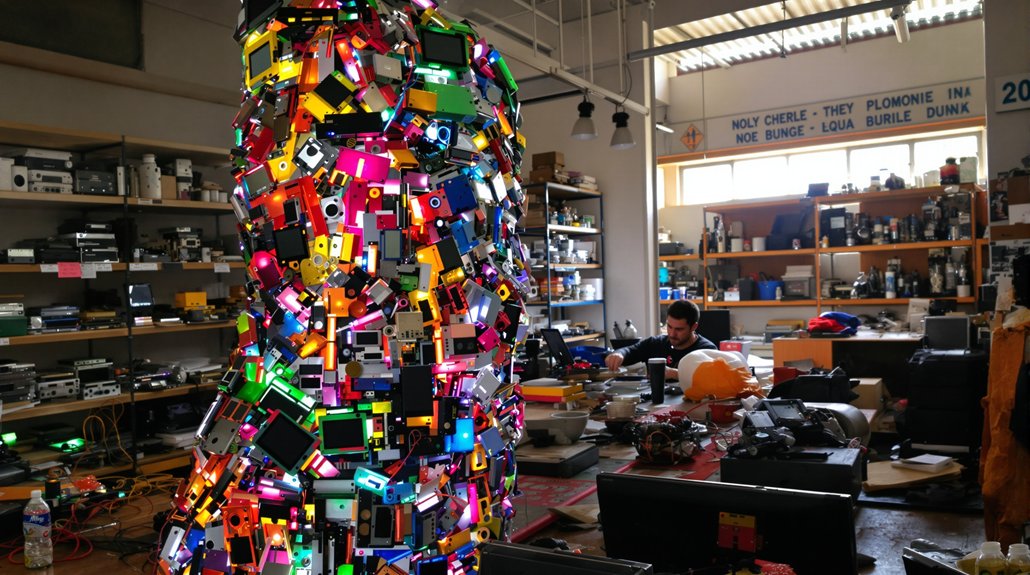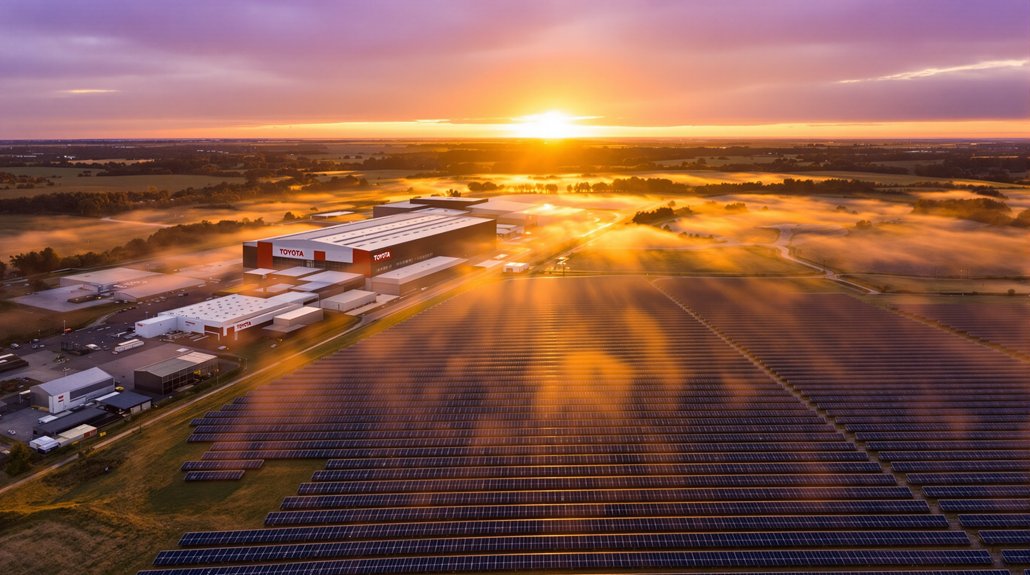While most Argentinians toss their old phones and broken laptops without a second thought, a quiet crisis has been building in landfills across the country. The numbers are staggering: 517,000 metric tons of electronic waste generated in 2022 alone. That’s a lot of defunct gadgets gathering dust—or worse, leaching toxins into soil and water.
It’s no mystery why this is happening. We’re obsessed with the newest, shiniest tech. Urbanization drives demand for more devices. And let’s be honest—manufacturers aren’t exactly designing these things to last forever. Planned obsolescence, anyone?
The recycling situation? Pretty grim. Only about 10% of municipal waste gets recycled nationwide, and e-waste rates are even lower. Most electronics end up in landfills or sketchy informal dumpsites. Not great.
What’s particularly frustrating is the regulatory mess. Argentina lacks unified national legislation on e-waste. Instead, there’s a patchwork of local projects and provincial rules. Meanwhile, Europe’s WEEE Directive sets the gold standard that Argentina can only dream about.
But here’s where things get interesting. Amid this electronic dumpster fire, innovation is sprouting. Nonprofit organizations and startups are creating collection systems and refurbishment programs. Old devices are finding surprising second lives. Urban mining projects—essentially extracting valuable metals from discarded electronics—are gaining traction. The recovery of precious metals from e-waste presents significant economic value, as they comprise around 62% of recyclable materials in discarded electronics.
These initiatives aren’t just good for the environment; they’re creating jobs. From collection to repair to responsible recycling, there’s work to be done. And post-COVID, the government has started talking up circular economy approaches as part of a “green recovery.”
The transformation isn’t happening overnight. With 19.7% of municipal waste consisting of recyclable materials, there’s enormous untapped potential. But change is coming. Manufacturers, retailers, and government agencies are finally collaborating on solutions. Understanding the distribution of electronic waste by category is crucial for developing targeted recycling strategies that address specific types of devices.
Maybe someday soon, that drawer full of old phones will be worth something after all.
References
- https://www.statista.com/statistics/1337103/e-waste-generation-by-type-argentina/
- https://hollandcircularhotspot.nl/wp-content/uploads/2021/04/Report_Waste_Management_Argentina_20210322.pdf
- https://www.imarcgroup.com/e-waste-management-market
- https://www.statista.com/statistics/1337112/e-waste-generation-by-type-in-latin-america-by-country/
- https://www.datainsightsmarket.com/reports/e-waste-disposal-1678797








